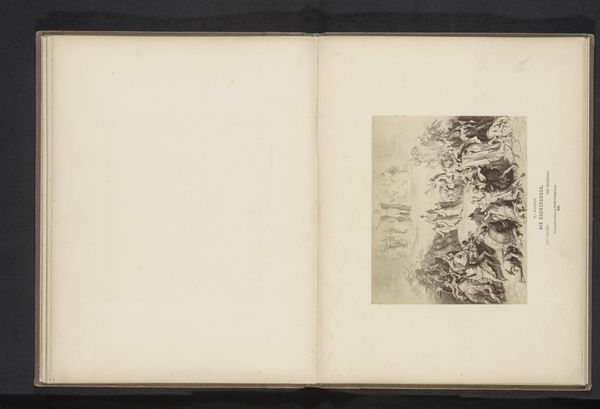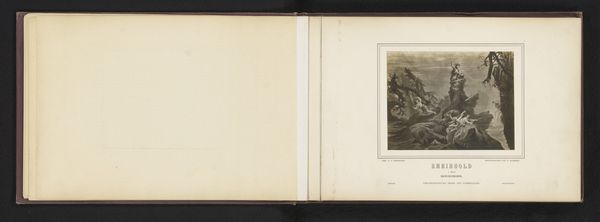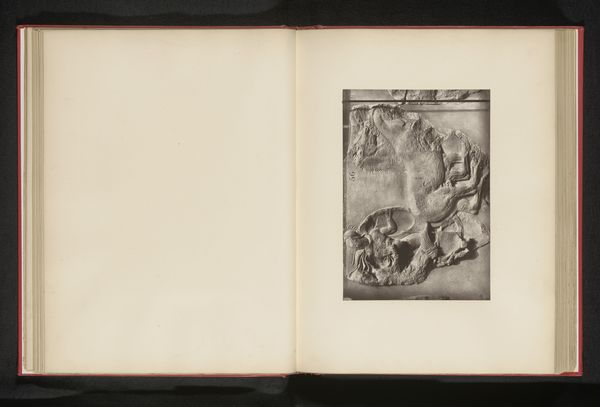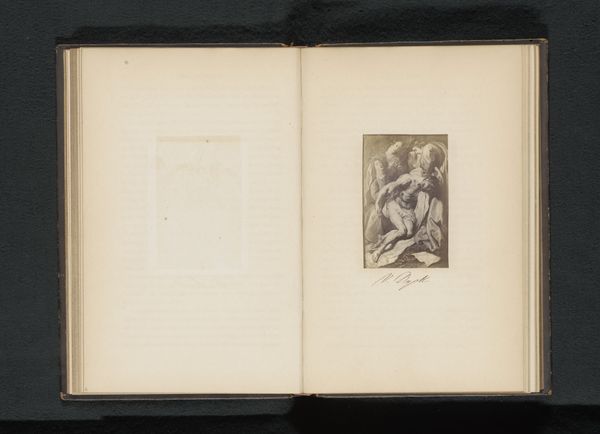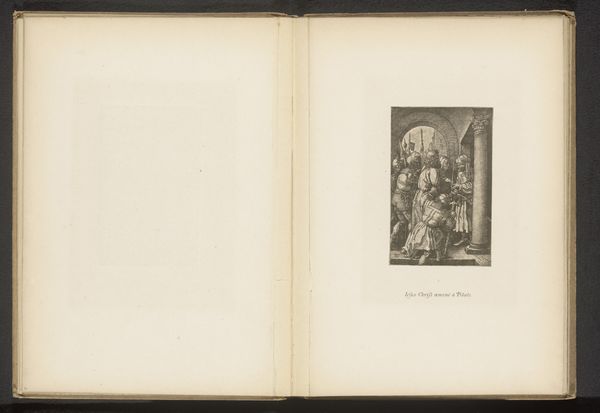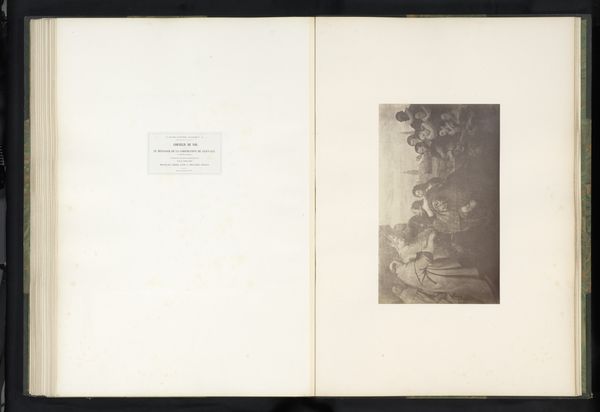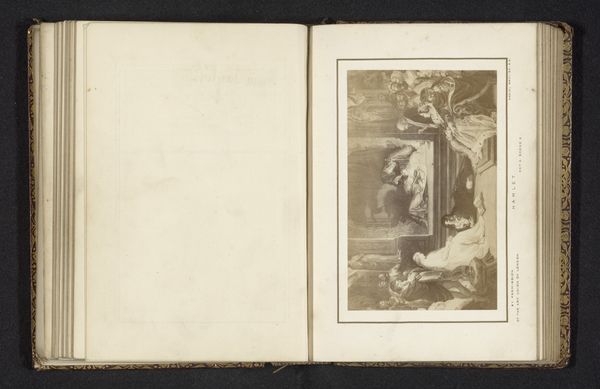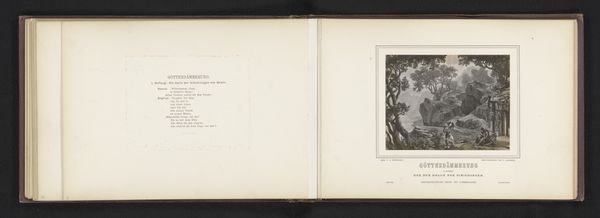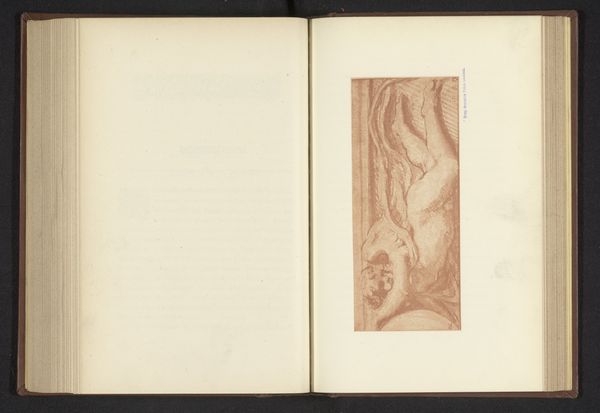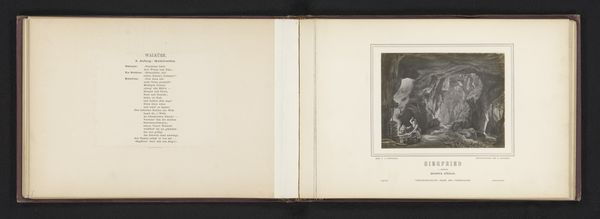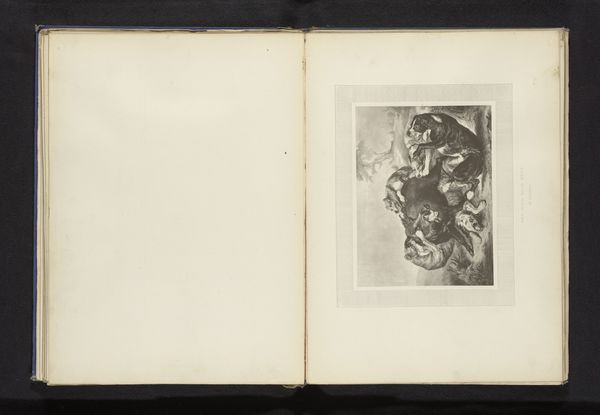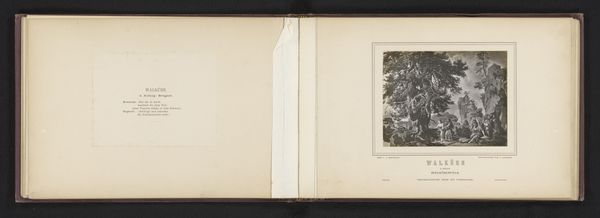
Reproductie van Christus op de Olijfberg door Albrecht Dürer before 1871
0:00
0:00
print, paper, ink, engraving
#
portrait
#
ink paper printed
# print
#
paper
#
ink
#
history-painting
#
northern-renaissance
#
engraving
#
watercolor
#
christ
Dimensions: height 111 mm, width 69 mm
Copyright: Rijks Museum: Open Domain
Editor: So, here we have what appears to be a reproduction of Albrecht Dürer's "Christ on the Mount of Olives," made before 1871. It's a print – ink on paper, housed in the Rijksmuseum. It’s quite small but packed with drama. The dark ink really conveys the somber mood. What do you see when you look at it? Curator: You know, it’s interesting – reproductions can be like echoes of the original artist’s soul, faint but still resonating with the emotion. I'm struck by the swirling chaos surrounding Christ, the sleeping disciples oblivious to his torment, the angel bearing, perhaps, less comfort and more the cold reality of fate. Have you ever felt like that angel, offering a truth that is hard to bear? Editor: Absolutely! The contrast between the active angels and the dormant disciples really highlights Christ's isolation. Did Dürer intend to capture that specific feeling, that utter loneliness? Curator: Dürer was a master of portraying human emotion through religious narratives, but it’s more than a snapshot of a historical moment, it’s a timeless portrait of spiritual anguish. Consider the Northern Renaissance—its focus on detail, on inner emotional life made visible through skillful craftsmanship. Think about how revolutionary that was. Editor: That makes a lot of sense. It is not just showing us a story but a deep feeling that many people can relate to through the ages. Curator: Precisely! It’s like a visual poem. Each line whispers a truth about human frailty and divine burden. Now that we've considered that, what are your thoughts about the portrayal of divinity? Editor: I'll need more time to fully appreciate it... Curator: Don't we all.
Comments
No comments
Be the first to comment and join the conversation on the ultimate creative platform.
